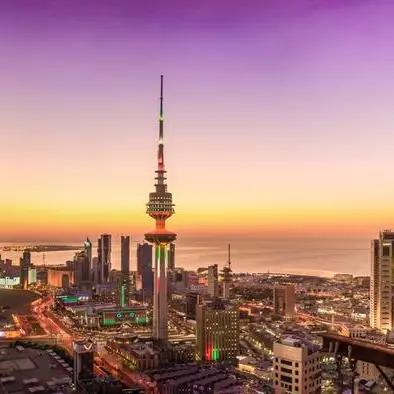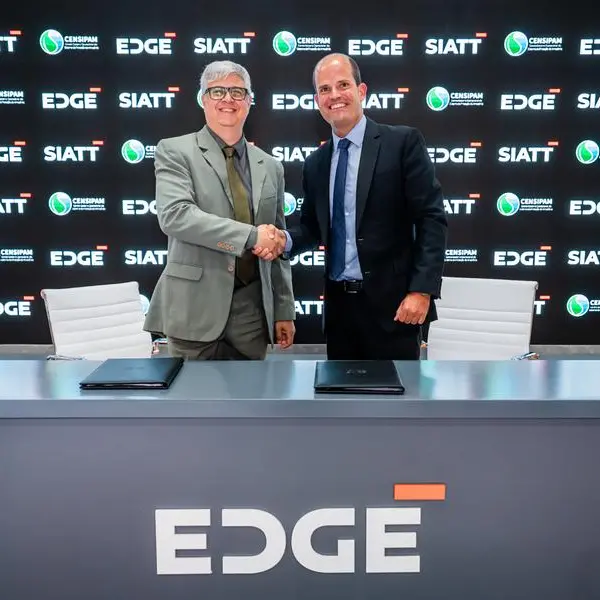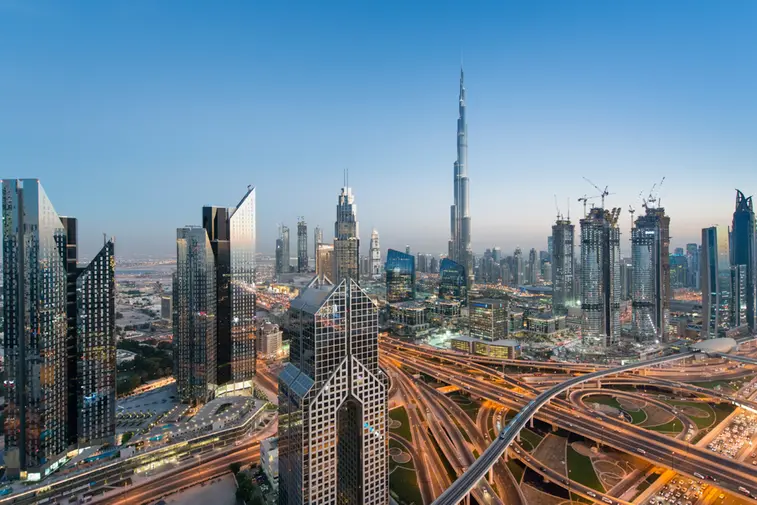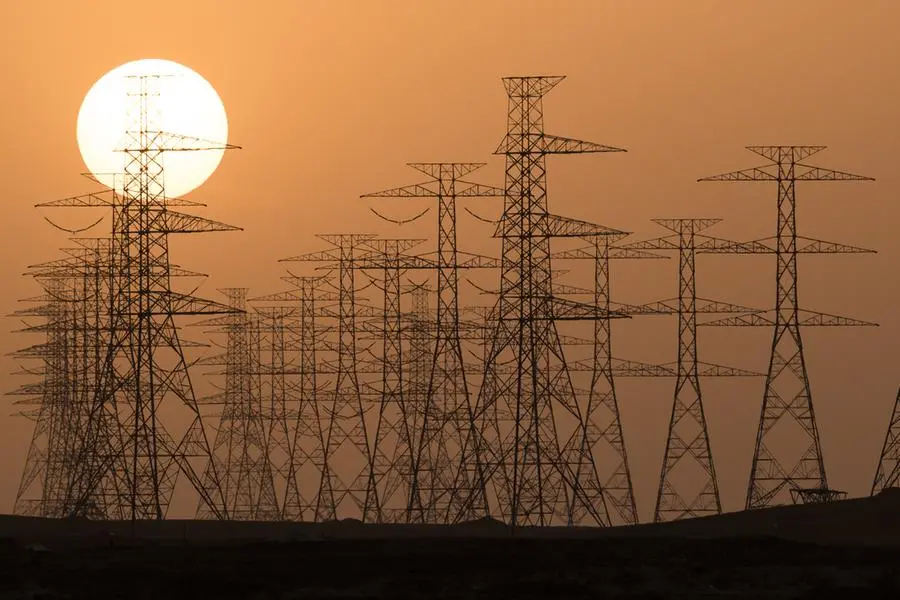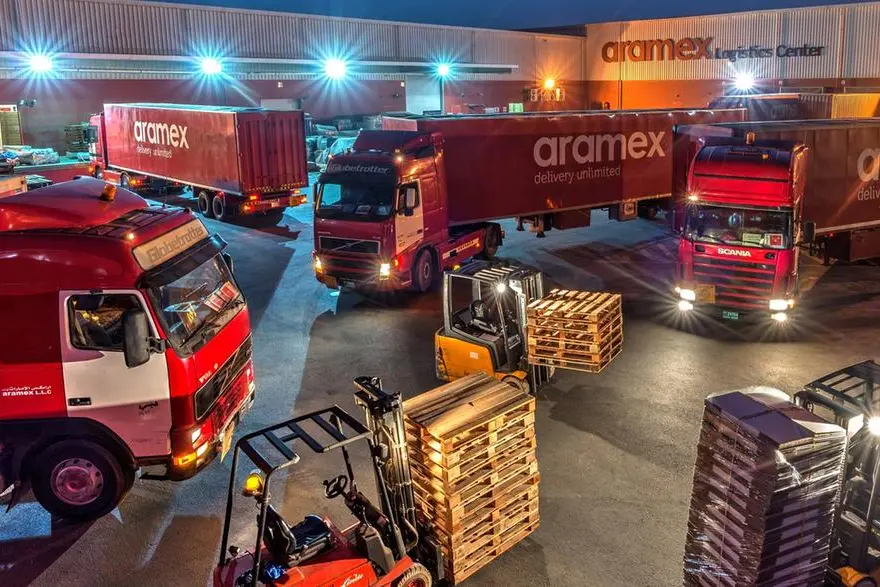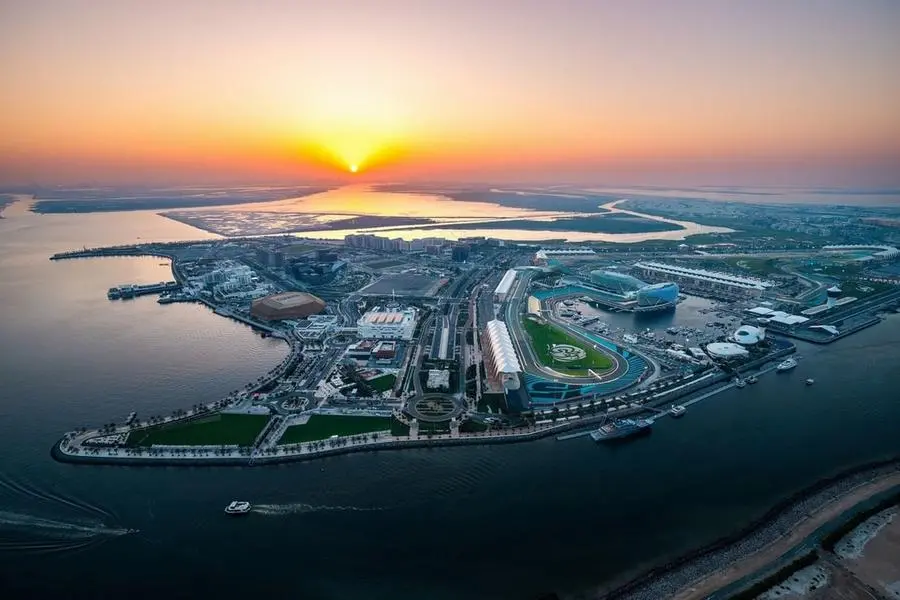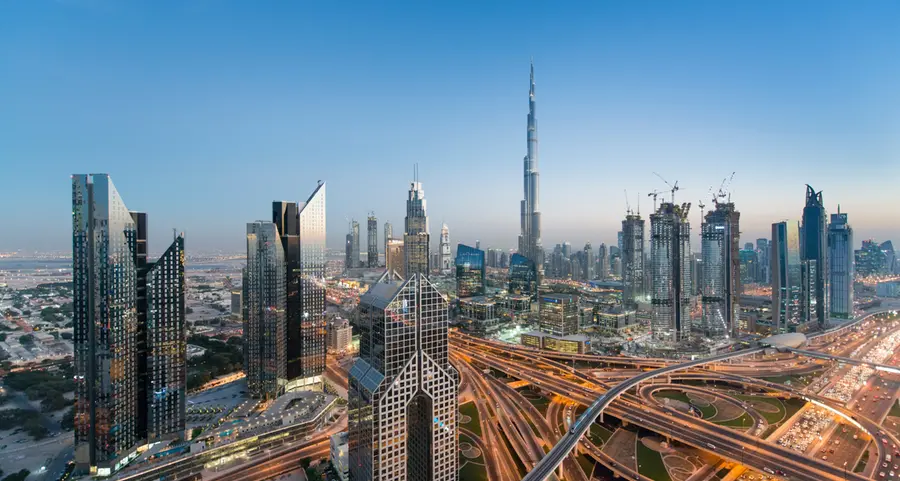PHOTO
Ziad Al Bawaliz, Regional President, Danfoss Turkey, Middle East and Africa. Image courtesy: Danfoss
- Conversion of electricity to hydrogen currently creates an energy loss of roughly 30% but there are technologies available today to reduce this loss.
- Efficient converters can increase the overall efficiency of green hydrogen production by roughly 1% - enough to power London for almost four years.
A new Danfoss Impact paper reveals that with hydrogen production set to consume more than half of today’s electricity demand by 2050, energy efficiency in its production is paramount. Decisive steps must be taken to scale its production for use in the hard to abate sectors, without putting an unmanageable strain on renewable energy production or financial resources.
Danfoss calls for a nuanced approach to green hydrogen, because it will play a critical role in the transition away from fossil fuels. However more focus needs to be put on how we use and produce green hydrogen in the most efficient way, lowering cost and the demand for renewables.
"The MENA region, with its abundant renewable energy resources, stands at the forefront of the green hydrogen revolution," said Ziad Al Bawaliz, Regional President, Danfoss Turkey, Middle East and Africa and added: "By harnessing these resources efficiently, we can lead the global transition to sustainable energy, significantly reducing our carbon footprint while driving economic growth. It is imperative that we implement cutting-edge technologies to optimize hydrogen production, ensuring that it serves as a powerful catalyst for decarbonizing our hardest-to-abate sectors, such as heavy industry and long-distance transport."
Crucially, hydrogen production should be recognized as a limited resource that must be strategically allocated to sectors that are otherwise challenging to decarbonize such as heavy industry and long-distance transport.
"The potential of hydrogen as a clean energy carrier is immense," stated Mika Kulju, President, Danfoss Power Electronics and Drives. "But it must be produced efficiently to minimize costs, and we need to deploy it judiciously. To maximize its impact, which is paramount, green hydrogen should be channeled into sectors where alternatives to fossil fuels are limited, ensuring the greatest reduction in greenhouse gas emissions."
With green hydrogen production requiring immense amounts of electricity, energy efficiency in its production is vital to its sustainability. While current green hydrogen conversion processes incur an energy loss of approximately 30%, existing technology can minimize this loss. For instance, efficient converters converting alternating current (AC) to direct current (DC) for electrolyzers can increase overall production efficiency by roughly 1%. Though seemingly small, a saving of 1% of the electricity demand in 2050 for hydrogen is enough to power London for almost four years.
Hydrogen holds significant promise in many countries' climate strategies, with substantial funding programs underway globally. However, rapid action is necessary. To realize the goals set by the Paris Agreement, global electrolysis capacity must reach more than 550 GW by 2030. Green hydrogen production can grow massively by 2030, but cost challenges are hampering deployment.
In fact, hydrogen-dedicated renewable energy capacity is expected to grow by 45 GW between 2022 and 2028, some 35% lower than forecast a year ago due to slow progress on real-world implementation, the International Energy Agency (IEA) said in its latest Renewables report.
“Hydrogen is no silver bullet, but we need to speed up cost-efficient, green hydrogen production because there is no doubt that hydrogen will play a crucial part in the green transition,” stated Mika Kulju.
Recovering excess heat from electrolysis is another vital energy efficiency measure. Hydrogen production creates incredible amounts of excess heat. In the EU alone, about 114 TWh can be recovered already by 2030, enough to cover Germany’s current domestic heating more than two times.
Mika Kulju added: “The potential of recovering excess heat from electrolysis is so enormous that it would be a severe policy mistake not to consider it when planning future energy infrastructure. That’s also why it’s so critical to set the right regulatory and economic framework for an efficient large-scale rollout of hydrogen.”
The new Danfoss Impact paper, “Green hydrogen: A critical balancing act”, presents a balanced approach to hydrogen where efficiency and affordability play a key role.
Key takeaways:
- By 2050, hydrogen production will require more than half of today’s total electricity demand.
- Green hydrogen should be considered a limited resource and prioritized for sectors that are otherwise hard to decarbonize.
- Hydrogen currently remains concentrated in traditional applications, but a rapid upscaling in hard to abate sectors like heavy industry and long-distance transport is necessary.
- Green hydrogen must be produced efficiently by minimizing the cost, energy loss, and energy demand of its production.
- Conversion of electricity to hydrogen currently creates an energy loss of roughly 30% but there are technologies available today to reduce this loss.
Download the full Danfoss Impact paper here.
For further information please contact:
Martina Pozgaj, Senior Communication Specialist at Danfoss Turkey, Middle East and Africa
Ph: +971 529823929
E-mail: martina.pozgaj@danfoss.com
About Danfoss A/S:
Danfoss engineers solutions that increase machine productivity, reduce emissions, lower energy consumption, and enable electrification. Our solutions are used in such areas as refrigeration, air conditioning, heating, power conversion, motor control, industrial machinery, automotive, marine, and off- and on-highway equipment. We also provide solutions for renewable energy, such as solar and wind power, as well as district-energy infrastructure for cities. Our innovative engineering dates back to 1933. Danfoss is family- and foundation-owned, employing more than 42,000 people, serving customers in more than 100 countries through a global footprint of 95 factories.




